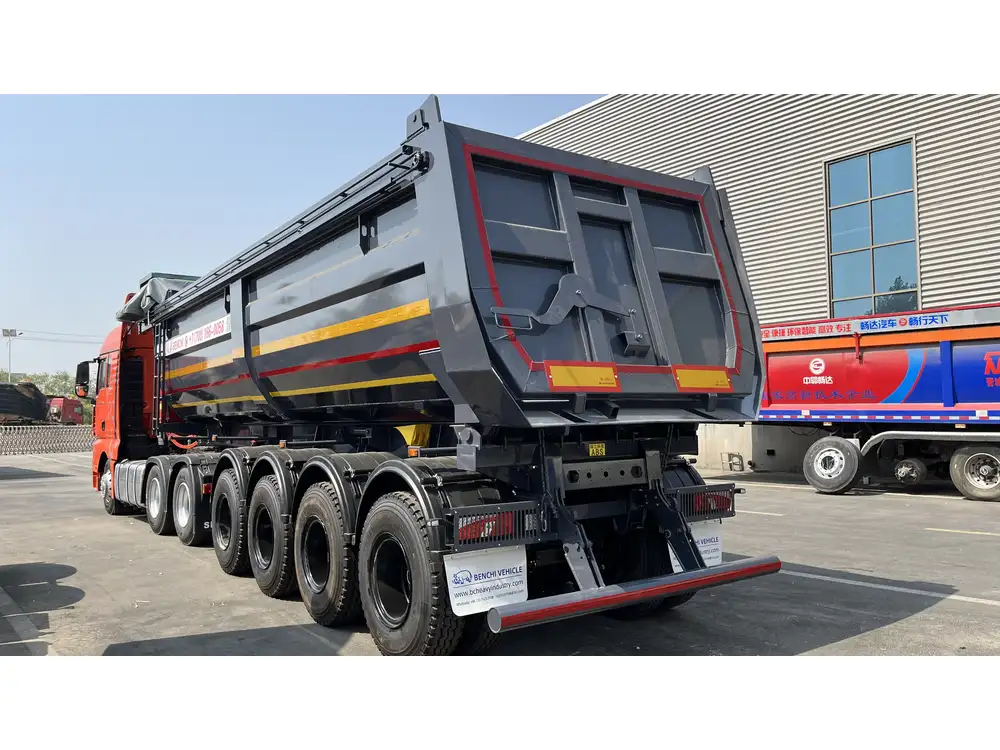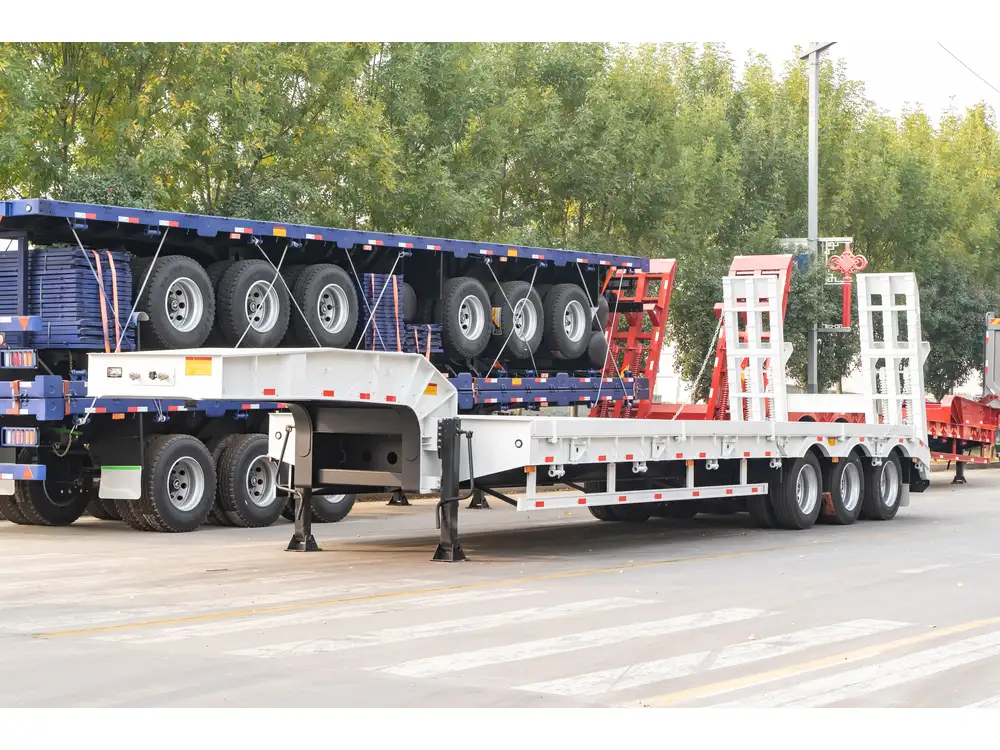When delving into the maritime logistics sector, one can’t overlook the pivotal role that oil tankers play. Understanding the capacity of these vessels is essential for effectively managing logistics, forecasting supply demands, and optimizing costs in the oil and gas industry. This article provides a comprehensive examination of how much oil a tanker can hold, considering the various types of tankers, their design specifications, and operational efficiencies.
Types of Tankers and Their Capacities
1. Cleaning Schedules and Capacities
Before proceeding, it’s vital to categorize oil tankers into their respective classifications, as each type possesses unique operational characteristics that influence their oil-carrying capacities.
| Type of Tanker | Typical Capacity (in DWT) | Common Use |
|---|---|---|
| Handysize Tanker | 10,000 – 35,000 | Short-haul transportation |
| Medium Range (MR) Tanker | 35,000 – 50,000 | Regional trade, refined oil carry |
| Aframax Tanker | 80,000 – 120,000 | Ideal for large regional movements |
| Suezmax Tanker | 120,000 – 200,000 | Designed for Suez Canal passage |
| Very Large Crude Carrier (VLCC) | 200,000 – 320,000 | Long-haul crude oil transport |
| Ultra Large Crude Carrier (ULCC) | 320,000 – 550,000 | Major international shipping |
This table reveals that the capacity varies significantly based on the type and size of the tanker. Handysize tankers are often utilized for lighter, short-distance transportation, while ULCCs are the giants of the sea, engaged in long-haul international routes.

2. Capacity Breakdown
To understand how much oil an individual type of tanker can hold, it’s important to delve deeper into each category:
Handysize Tankers
These versatile vessels typically range from 10,000 to 35,000 DWT (Deadweight tonnage). Their smaller size allows for access to more ports, making them ideal for regions with shallow harbors. They can carry various products, including crude oil and refined petroleum products.
Medium Range (MR) Tankers
Medium Range tankers, which usually fall between 35,000 and 50,000 DWT, are commonly used for transporting refined products like gasoline, diesel, and jet fuel. They are strategically positioned to efficiently facilitate regional shipping routes.

Aframax Tankers
With a range of 80,000 to 120,000 DWT, Aframax tankers optimally combine size and maneuverability, ideal for short-to-medium distances where larger tankers might have difficulty. They commonly see usage in regions like the Caribbean and the Mediterranean Sea.
Suezmax Tankers
Specifically designed for passing through the Suez Canal, Suezmax tankers hold capacity ranging from 120,000 to 200,000 DWT. This functionality is crucial for optimizing shipping routes connecting Europe and Asia.
VLCCs and ULCCs
Very Large Crude Carriers exceed 200,000 DWT, often reaching up to 320,000 DWT, while Ultra Large Crude Carriers can hold over 550,000 DWT. These enormous ships are engineered for the bulk transportation of crude oil across long distances, making them integral to global oil trade.

3. Capacity Limitations and Regulations
It’s important to note that while tankers possess significant capacities, actual operational limits may vary due to several factors:
- Port Limitations: Individual ports have size restrictions based on their infrastructure.
- Draft Constraints: The water depth where a tanker operates can limit capacity. For instance, a ship can’t be fully loaded in shallow waters.
- Maritime Regulations: International maritime regulations dictate safety protocols influencing loading capacities.
The Importance of Tanker Capacity in Maritime Logistics
Understanding the oil-carrying capacity of tankers is critical not only for shipping and logistics companies but also for stakeholders involved in oil trading, supply chain management, and energy forecasting.
1. Cost-Effectiveness
Efficiently utilizing tanker capacity directly correlates with shipping costs. Larger vessels, despite higher operational costs, can often transport substantial volumes of oil at a more economical rate per barrel due to economies of scale. Choosing the right tanker based on the specific needs of the cargo reduces overall transportation costs.

2. Supply-Demand Dynamics
By analyzing tanker capacities, companies can better predict supply-demand dynamics in specific regions of the world. For example, if a region anticipates a spike in oil demand, shipping companies may position more Aframax and Suezmax tankers to cater to that need.
3. Environmental Considerations
Understanding how much oil a tanker can carry also has environmental implications. Overloading a vessel can lead to significant ecological disasters. Compliance with regulations surrounding oil spills and emissions necessitates precise calculations regarding capacity and load.
How Much Oil Does a Tanker Hold in Different Scenarios?
Various factors can influence the specific quantities of oil that a tanker can transport in different scenarios:

1. Type of Oil
Different types of oil (crude oil, heavy fuel oil, refined products) have different densities. For instance, crude oil can weigh up to 1 ton per cubic meter, whereas lighter oils might weigh less. This variation affects how much volume a tanker can handle.
| Type of Oil | Typical Density (ton/m³) | Capacity Utilization (average %) |
|---|---|---|
| Crude Oil | 0.8 – 1.0 | 95% |
| Heavy Fuel Oil | 1.0 – 1.05 | 90% |
| Refined Petroleum | 0.7 – 0.8 | 93% |
The density of different oils significantly influences the effective capacity of tankers.
2. Port Regulations
Regulations at various ports may restrict the total allowable cargo, influencing the maximum load for tankers in respective areas.
3. Weather Conditions
Adverse weather may necessitate carrying lighter loads to optimize stability and safety, thereby affecting capacity utilization.

Conclusion: Optimizing the Use of Tankers in Oil Transportation
Understanding the question, “How much oil does a tanker hold?” involves appreciating the complexities and nuances of maritime shipping, regulatory environments, and operational efficiencies associated with these substantial vessels.
To maximize efficiency and cost-effectiveness, it is crucial for companies to:
- Accurately assess the types of oil being transported.
- Factor in port regulations and environmental considerations.
- Utilize diverse tanker classes strategically to meet shifting oil demands in global markets.
This strategic understanding not only enhances logistical planning but also fosters better environmental accountability and economic efficiencies in oil transport, keeping your operations competitive on a global scale.
Employing this knowledge and integrating it with existing logistical frameworks will empower your organization to navigate the intricacies of maritime oil transportation with greater efficacy, setting a strong foundation for scalability in an ever-evolving industry landscape.



